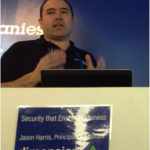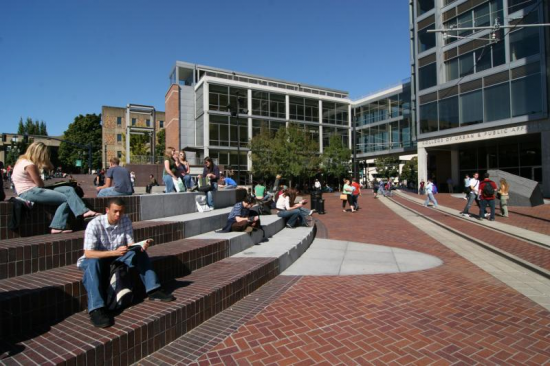Data, Data Everywhere!
The challenge of making business decisions in a networked world isn’t a lack of data. It’s having data residing in multiple systems, global locations, locked away in spreadsheets, and in people’s heads.
Almost every enterprise faces this data silos challenge to a greater or lesser degree. But how businesses address it makes the difference between becoming a market leader or an “also-ran.” The fact is, better information leads to better decisions and better business outcomes. The Harvard Business Review (Big Data’s Management Revolution, October 2012) stated that data-driven companies are 5 percent more productive and 6 percent more profitable than their competitors.
Being able to easily access and use vast data stores has always been difficult. But in just the past few years, the problem has become 10 times worse. If it was just more data, then more compute and database horsepower could fix it. The bigger issues for businesses are proliferating data silos and ever-expanding distribution.
Data Virtualization to the Rescue
Industry-leading businesses are addressing the challenge with data virtualization. Data virtualization is an agile data integration approach that organizations use to:
- Gain more insight from their data
- Respond faster to accelerating analytics and business intelligence requirements
- Reduce costs by 50 to 75 percent compared to data replication and consolidation approaches
- Data virtualization abstracts data from multiple sources and transparently brings it together to give users a unified, friendly view of the data that they need.

Armed with quick and easy access to critical data, users can analyze it with their favorite business intelligence and analytic tools to drive a wide range of business outcomes. For example, they can increase customer profitability. Bring products to market faster. Reduce costs. And lower risk.
To read more about what Data Virtualization might mean to your enterprise, check out our new white paper Data Virtualization: Achieve Better Business Outcomes, Faster.
 This post was written by guest blogger Jeremy Wilson, Director, Ethics and Integrity
This post was written by guest blogger Jeremy Wilson, Director, Ethics and Integrity

 “When you’re sitting in an airport and you need to get something done for a client, you can’t wait for your application to boot up; you want it to be available as quickly as possible and that’s what flash technology provides,” says Andy Jurczyk, CIO, Seyfarth Shaw , experiencing the benefit of the new Cisco UCS Invicta™ features .
“When you’re sitting in an airport and you need to get something done for a client, you can’t wait for your application to boot up; you want it to be available as quickly as possible and that’s what flash technology provides,” says Andy Jurczyk, CIO, Seyfarth Shaw , experiencing the benefit of the new Cisco UCS Invicta™ features .


CONNECT WITH US